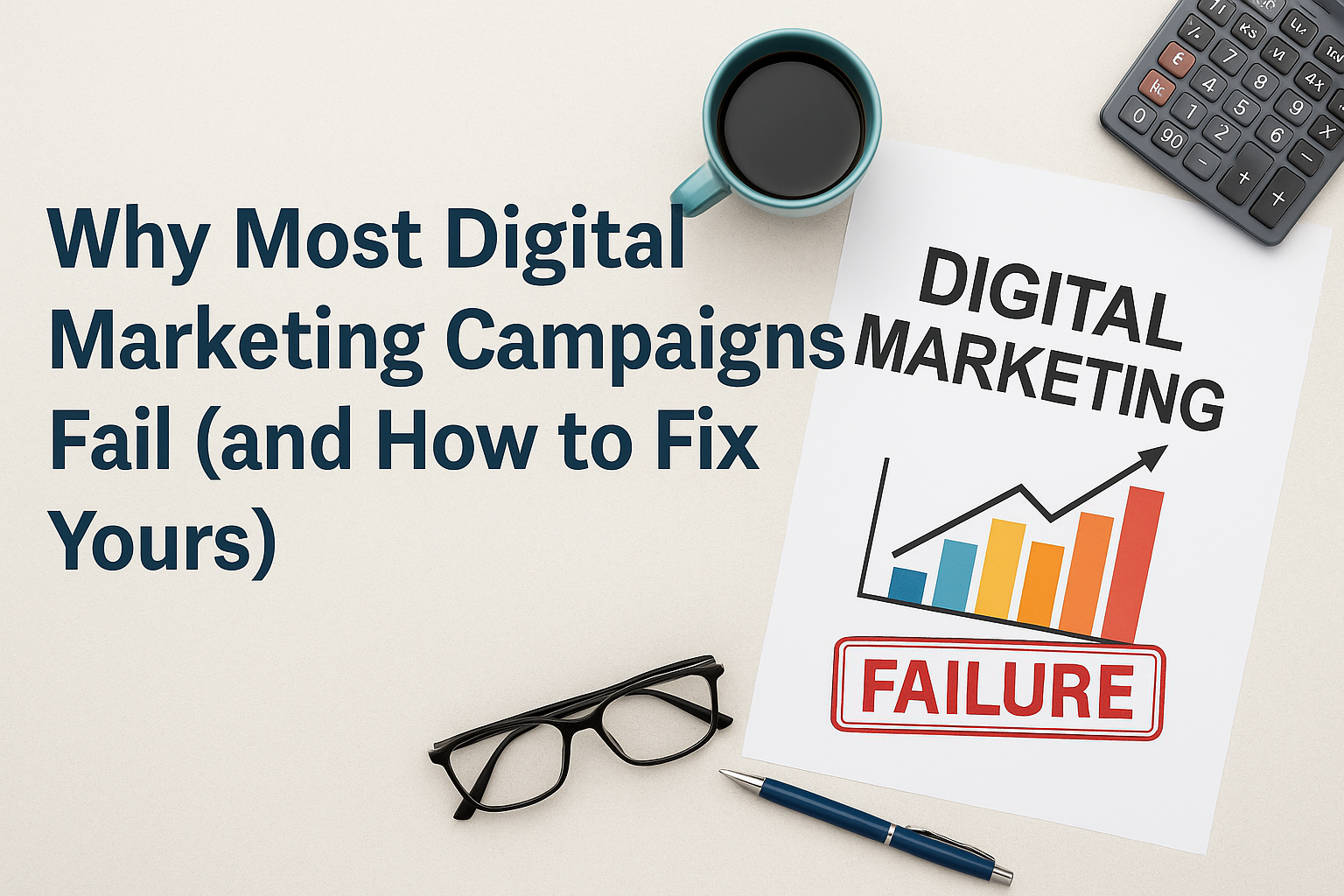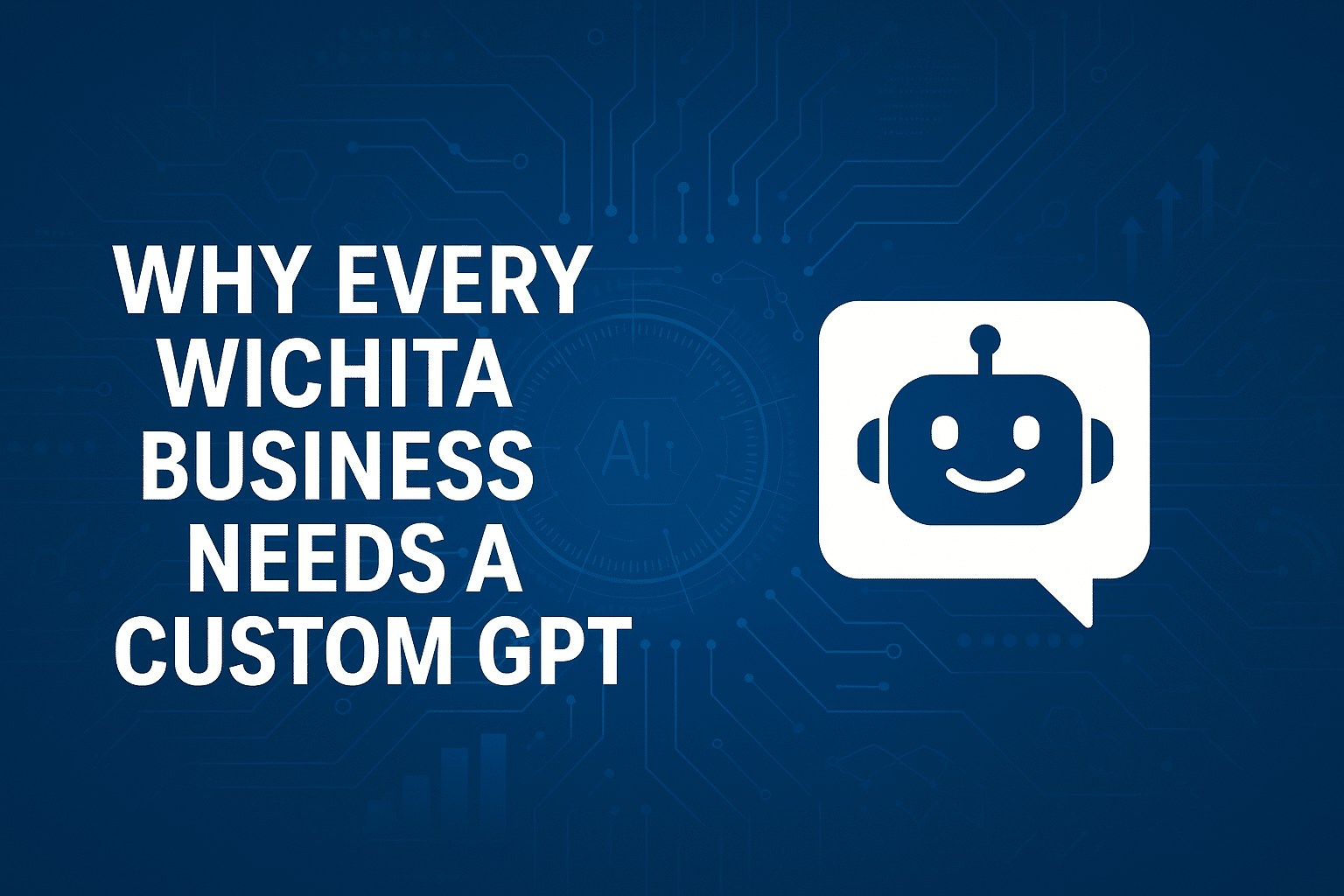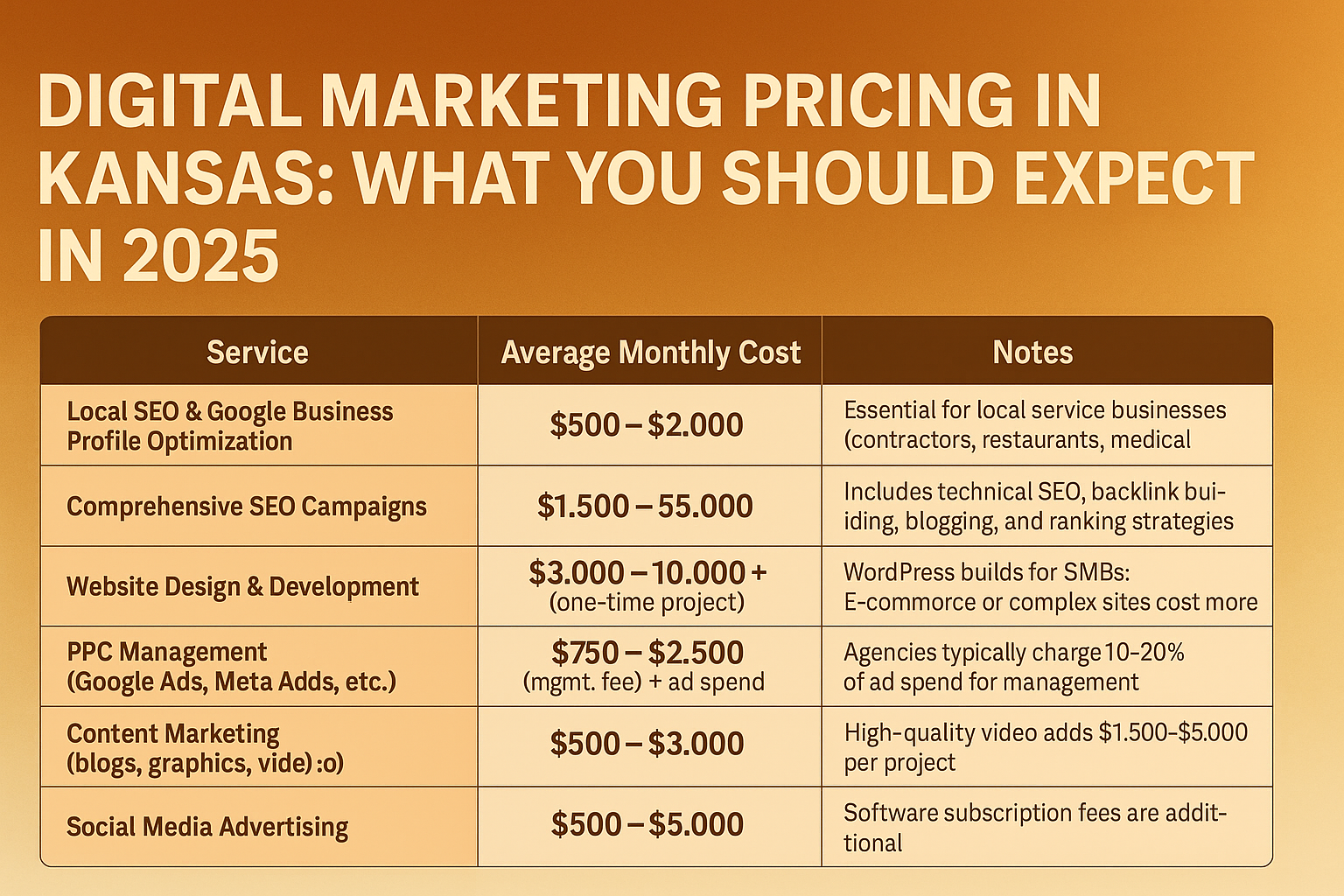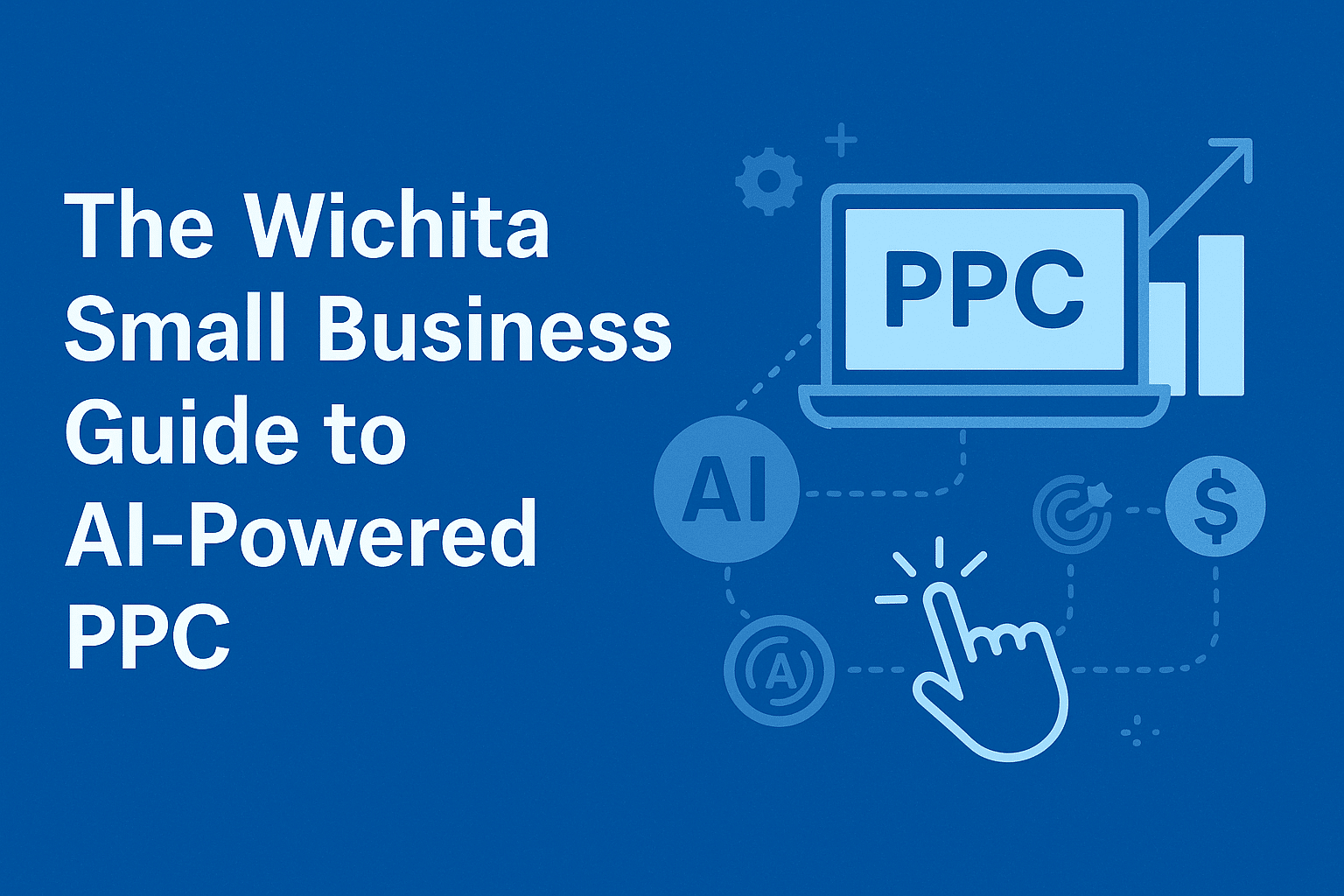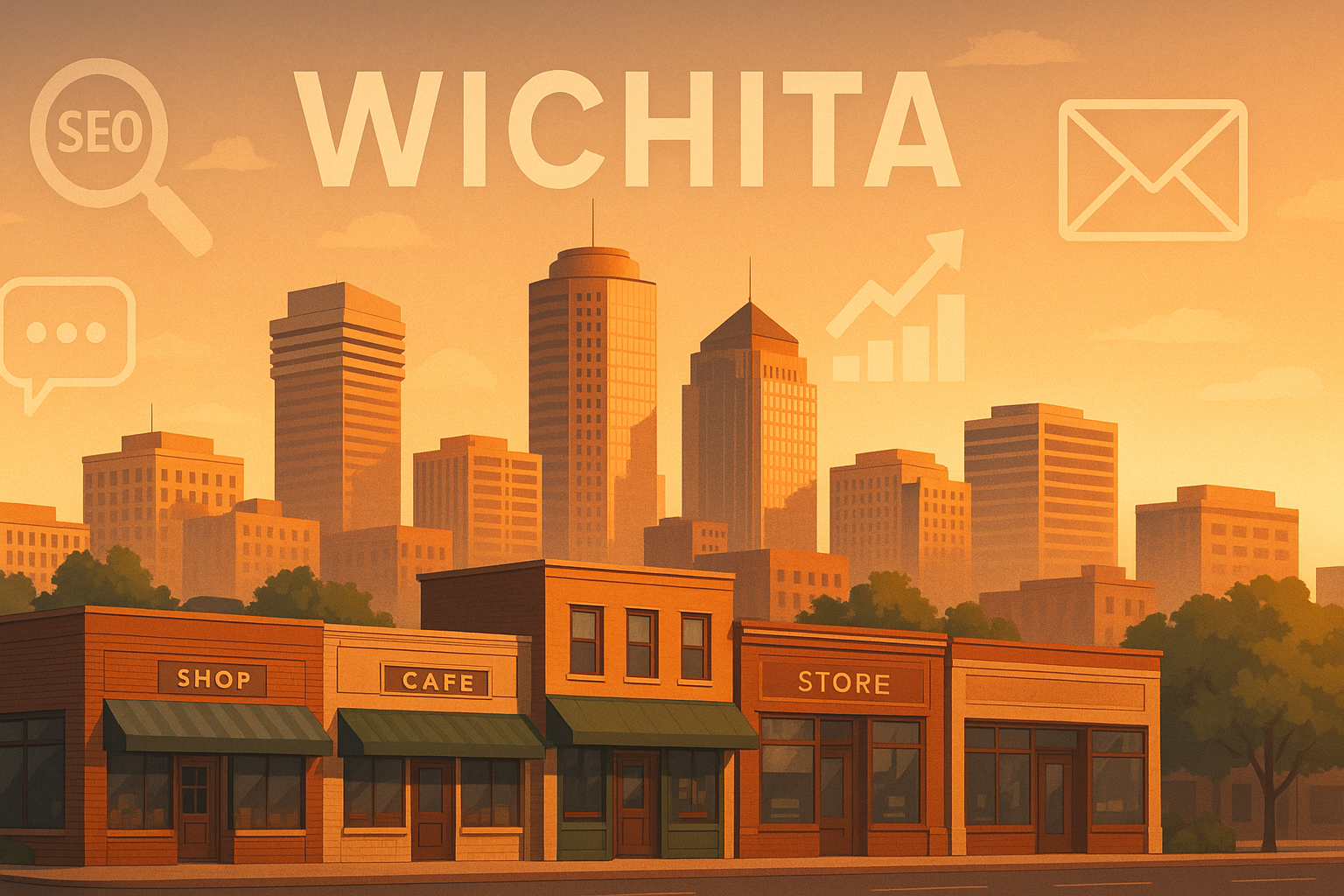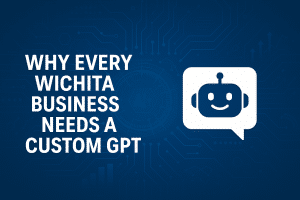If you own a business, then you own a brand. Many first-time entrepreneurs and even experienced business owners forget that these two things for a symbiotic relationship and therefore have to be managed with equivalent care and attention to detail. If your business is unhealthy, your brand won’t be able to capitalize on its own potential. On the flip side, if your brand is failing, the health of your business can become irrelevant and its own downfall will quickly follow suit. Fortunately, brands aren’t scary. The idea of branding seems daunting at first, but it is not an intangible pursuit. Whether your brand name is in the gutter or non-existent, there are still steps you can take to ensure that your brand comes out on top, as well as your business. This article is here to help you recover your brand and/or take charge of it, regardless of your experience or the nature of your brand in the eyes of your target demographics.
The Branding Easy Button
Brands don’t evolve overnight. The “Ba Da Ba Ba Bah, I’m Lovin’ It” jingle didn’t become iconic overnight. The phrase “Where’s the Car Fax?” wasn’t immediately synonymous with the comfort and security of knowing the history of the car you are about to purchase. These brands took time to build, and more importantly, they took lots of dedicated effort.
Branding is not a one size fits all solution to crafting iconic imagery, sounds, and styles for your business. Rather, branding is a constant readjustment of your business likeness, tone, and presence that adapts to the wants, interests, and preferences of your clientele. You will not be able to build your brand the same way as even your closest competition. Branding is a personal process that, when done successfully, is entirely unique to your business. There is no branding easy button, but there are simple processes you can take advantage of that establish your brand and set your business up for genuine recognition and success.
Bad Reputation?
What is a bad reputation? Does your brand have it?
It’s hard to determine exactly when a brand’s reputation becomes a bad one. It’s easy to pick out less than stellar moments in a brand’s history, but when, where, and how does the public consciousness determine that a brand is no longer good?
The bare truth is that “bad” is a very wide spectrum when trying to evaluate a brand. Bad can mean that the public detests a brand. Bad can mean that the brand doesn’t even appear on the public’s radar. Bad can also mean that your brand doesn’t exist and that your company has yet to figure out how to differentiate itself from the competition. None of these are ideal scenarios, but none of them are impossible to recover from either. So, whether you’ve never seriously attempted to brand your company, you’ve branded incorrectly, or you’ve branded in the wrong direction, there’s still hope.
How?
It all starts with a little thing called research.
Research, Research, Research
Research isn’t fun. It isn’t glamorous. It doesn’t even bring intangible results. However, research is the most important thing you can do when branding for the first time or rebranding an unsuccessful previous installation. Better yet, research gets easier with each passing day.
The entirety of most brand’s history, with plenty of vivid examples, is available to you for free via the internet. Search any brand you like and you’ll see hundreds of images, articles, promotions, and videos that are packed to the brim with that company’s brand.
You see, branding isn’t a single process with a single function. Rather, branding is a collaboration of every instance of your business interacting with the world around it. Yes, logos, images, sounds, and content are all important, but branding is so much more. Every customer you talk to, account you tweet at, or image you post goes to defining and cementing your brand. To do your research properly, find your competition and watch how they interact via every medium at their disposal, look for how they interact and why or why not they succeed with those interactions.
(Re)Define Your Brand
Your brand comes from two places. How do you see your business and how do others see your business? In an ideal environment, these two opinions are always intersecting. However, this intersection isn’t a universal content, especially for the inexperienced. Your ideas will not always come across with the same meaning and results that you intend. One user will find your memes boring, another will find your information redundant. On the other hand, one user will find your memes to be the funniest they’ve ever seen, and your information the key they need to solve the problem that’s been bothering them for a month.
However your audience reacts, it is up to you to set the tone and set the terms. You get to decide what you say and how you say it. Don’t forget that. Start by defining your brand. What do you want? How are you going to convey that to each specific audience? Define your expectations and the message you want to get across. If you don’t know how your content connects to those expectations, your audience is unlikely to know either.
Isolate Weaknesses
No brand is impenetrable. Your brand will resonate with some (ideally most) audiences, but it won’t connect with others. Your brand will be irrelevant, redundant, groundbreaking, hilarious, and helpful all at the same time. It is going to be hard to evaluate your brand as your company grows. There will be confusion and conflicting ideas.
Remember how in the paragraph above I mentioned how brand comes from two places? One of those places is made up of things that are almost entirely under your control and that is where you can properly evaluate the strengths and weaknesses of your efforts. Don’t be afraid to take a step back and see what’s not working. When people engage with your brand, how do they do it? What posts/images receive the most feedback? What posts seem to elicit negative responses? Ask yourself the hard questions and take the time to answer them. In these answers, you will find areas for improvement and how to improve them.
Own Up
If you’ve never taken any steps to further your brand, then congratulations on your first day of business. If you have taken steps to further your brand, you have probably made a mistake. Perhaps you’ve passed on incorrect information or taken a controversial stance. Perhaps you just didn’t reply soon enough, or a customer had improper expectations. The point is, there are going to be mistakes and bad opinions of your business the larger it grows and the longer it is in operation. If the mistake is big enough or the offended customer is loud enough, this can cripple and even kill your brand.
So, how do you save a brand when something bad happens? The answer is simple, yet uncomfortable: own up to your mistake. This doesn’t mean you need a press conference every time a delivery is a day late, but it means that you need to be comfortable with taking at least some of the blame. Get in front of the issues and show that you care not only how they effect your company but how they impact your audience.
Be Proactive
Part of owning up to your brand is being proactive. In other words, how are you getting in front of things? This doesn’t mean that a customer pointed out a misleading statement and you rush to put the fire out. This means; how are you putting the fire out before it’s even been given the chance to start?
Part of identifying the strengths and weaknesses of your brand is being okay with stepping out and fixing them before they become an issue. If you post a misleading article, take it down, identify your audience of the issue and apologize. If you know a shipment might run a week let, let your customer know before they buy. Take charge of the problems that might arise between your brand and a customer, because the customer will soon take charge if you do not. You and your audience share a 50/50 stake in the identity of your brand, so do what you can to keep them happy or they may quickly turn their individual unhappiness into a collective one.
Be Reactive
A 50/50 stake means that your customers have a voice too. They won’t always see your company being proactive, and they are also much likelier to dwell on the negative. Sometimes they’ll raise hell about a problem before you’ve even seen it. This isn’t an automatic death sentence for your brand, but it can be if you don’t take action. As crucial as it is to be a proactive force in the life of your brand, it is also important to be a reactive force. Do not be afraid to plant yourself in the middle of a problem and fix it with the best of your ability. It is often reassuring to see a brand, or a company attempt to fix another customer’s issue IF they are taking actual steps to fix it as well. Words are meaningless without action, so make sure your reaction involves tangible steps to customer satisfaction.
Manage Your Problems
If a problem arises with your brand, your responsibility to yourself and your company is to fix it. Your brand reputation may hinge on whether or not you take action and how effective your action is. The key here is to engage with those that are dissatisfied or turned off by your brand. If someone is sending angry tweets directed at your business, send them a private message. Create a space where they can speak directly with you as a representative of your business and give them the room to speak. People like to be heard, and when you can verify to a customer that you have individually heard them and taken action to appease them, a problematic customer can quickly become a very satisfied customer.
Transparency vs Visibility
Most target audiences would agree that they want a company to be transparent. Customers don’t need to know every detail, but they like to be able to look inside the workings of a company and see action that matches with what they preach. However, you do not need to be transparent with every little thing. For example, if someone is blowing up your comment section with negative and detracting comments about a bad experience they had, don’t try to resolve it in a public comment section. Message them privately, hear their concern, and offer support. You won’t be able to appease them every time, but you can at the very least deter them from causing a more visible ruckus. It is important to be transparent, but you don’t need to spotlight every minor issue a person has with your business. Herein lies the balance between transparency and visibility.
Collaborate
Work together with others. Social media is a collaborative medium. Business is a collaborative effort. Your brand cannot be established just by you tweeting memes and posting the odd tip. Your brand can only be built effectively when it works with others. This includes other users and other brands. You don’t have to be buddy-buddy with your competition, but there are always opportunities for you to enter the conversation with similar brands or industries. Take advantage of your network and build your brands together.
Conclusion
Building a brand isn’t impossible. Salvaging a dead or negative brand isn’t either. All you need to do is start from square one start looking at branding with the same intent that you do the day to day operations of your business. Your brand may need resuscitation from time to time, but there are always opportunities for you too breathe new life and seek out new means of growth for your brand. Keep working and keep refining and your brand will take your business to new heights.
Featured Image:
https://pixabay.com/illustrations/brand-business-company-mark-focus-1027862/








